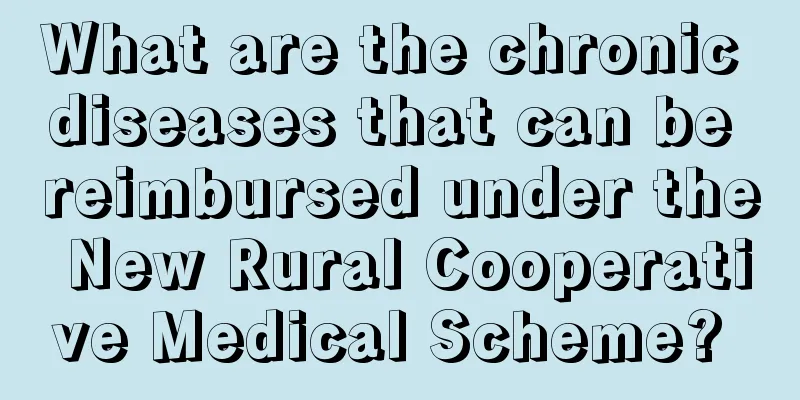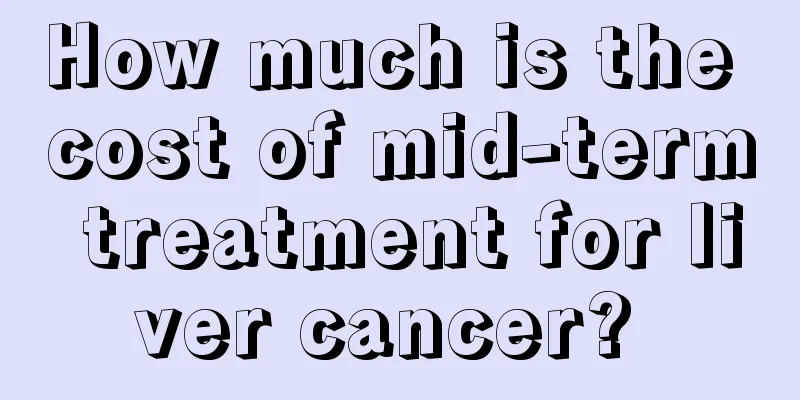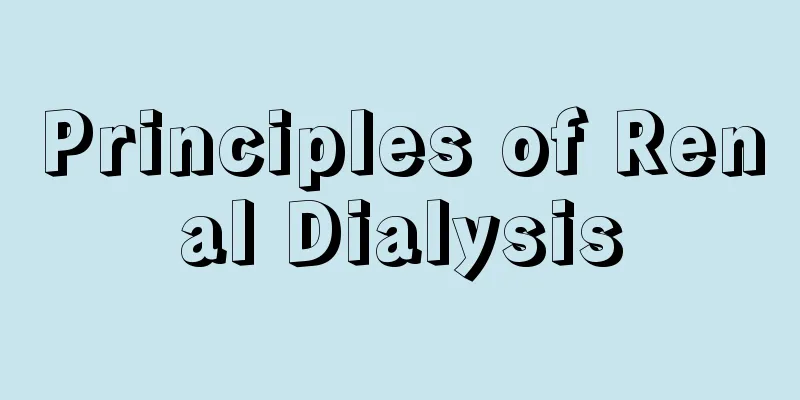What are the indicators for judging the efficacy of liver cancer? What are the important dietary precautions for liver cancer?

|
What are the indicators for judging the efficacy of liver cancer? There are two efficacy indicators for liver cancer: one is the survival indicator of liver cancer, and the other is the tumor response indicator. Survival indicators include overall survival (period) rate and tumor-free survival (period). Overall survival (period) rate refers to the survival time of patients or the percentage of survival in a specific time period. Regardless of whether the patient has a tumor or not, as long as they survive, they are calculated into the survival period or survival rate. The tumor-free survival (period) rate refers to the survival period of liver cancer patients in a tumor-free state after surgical resection or the survival rate in a specific time period. Another efficacy indicator for liver cancer is the tumor response indicator, which is mainly used to evaluate the efficacy of non-surgical resection methods. For example, after the application of hepatic artery embolization chemotherapy, whether the tumor shrinks or disappears completely is called complete remission, and the maximum diameter of the tumor shrinks by more than 30% is called partial remission. If the maximum diameter of the tumor shrinks by no more than 30% and increases by no more than 20%, it is called stable. If it increases by more than 20%, or new lesions appear, it is called disease progression. As for the treatment effect of liver cancer, it is currently believed that the most important efficacy indicator is the patient's overall survival, and whether the tumor shrinks is a secondary indicator. Although the patient's tumor has not shrunk, it is in a stable state and the patient may still survive for a long time. Such treatment is still effective; on the contrary, although the tumor has shrunk after some intense anti-tumor treatment, it will soon metastasize to multiple parts of the body or cause the failure of important organ functions due to the toxic reaction of the treatment. In this case, such treatment is ineffective and undesirable. What are the important dietary considerations for liver cancer? In the treatment and recovery process of liver cancer, the diet of liver cancer is very important. A scientific diet for liver cancer can help patients better accept treatment. So what are the common dietary precautions for liver cancer? Here are some common dietary precautions for liver cancer. In general, common dietary precautions for liver cancer are: 1. Balanced diet: Liver cancer patients consume a lot of energy, so their diet must be adequately nutritious. The simplest way to measure the nutritional status of patients is whether they can maintain their weight. To maintain a normal weight, the best way is to maintain a balanced diet, requiring patients to eat more fresh vegetables, and half of them should be green leafy vegetables. 2. Fat and protein: A high-fat diet can affect and aggravate the condition, while a low-fat diet can alleviate symptoms such as nausea, vomiting, and abdominal distension in patients with liver cancer. Patients with liver cancer have poor appetite and eat less. If they do not have a balanced diet, the diet for liver cancer must increase the calories of the meal and eat fats and sweets that are easy to digest and absorb, such as honey and royal jelly. Sucrose, vegetable oil, cream, etc. Patients with liver cancer should eat more protein-rich foods, especially high-quality protein, such as lean meat, eggs, beans, milk, etc., to prevent the reduction of albumin. However, in the late stage of liver cancer, when liver function is not good, protein intake should be controlled to avoid excessive protein intake that may induce hepatic encephalopathy. 3. Vitamins: Vitamins A, C, E, K, etc. all have certain auxiliary anti-tumor effects. Vitamin C is mainly found in fresh vegetables and fruits. Carotene can be converted into vitamin A after entering the human body, so the diet of liver cancer patients should include more animal liver, carrots, cauliflower, day lily, cabbage, figs, jujube, etc. At the same time, the diet of liver cancer patients should also include more fresh vegetables and fruits, such as radish, pumpkin, bamboo shoots, asparagus, apples, black plums, kiwis, etc. 4. Inorganic salts: minerals. Nutritionists divide inorganic salts into two categories: macroelements, such as calcium, sodium, potassium, phosphorus, iron, etc.; trace elements, such as selenium, zinc, iodine, copper, manganese, germanium, etc. Scientists have found that minerals such as selenium, magnesium, copper, magnesium, and iron have anti-cancer effects. The diet for liver cancer should contain more foods containing trace elements with anti-cancer effects, such as garlic, mushrooms, asparagus, corn, seaweed, kelp, seaweed, clams, marine fish, egg yolks, brown rice, beans, whole wheat noodles, nuts, pumpkin, Chinese cabbage, kohlrabi, animal liver, kidney, ginseng, wolfberry, yam, ganoderma lucidum, etc. |
Recommend
What to do if your face turns red after an allergy
Skin allergy is a relatively common skin disease,...
Is it harmful to brush your teeth with vinegar?
Vinegar contains an acidic substance unique to vi...
How much does radiotherapy and chemotherapy for nasopharyngeal carcinoma cost
Radiotherapy is a treatment method that uses vari...
What are the Chinese patent medicines for treating nasopharyngeal carcinoma
What are the Chinese patent medicines for treatin...
Preoperative preparation for colon cancer surgery
The purpose of preoperative preparation for colon...
Introducing the mid-term symptoms of ovarian cancer
When ovarian cancer develops to the middle stage,...
Will rhinitis turn into nasopharyngeal cancer?
Will rhinitis turn into nasopharyngeal cancer? 1....
How to diagnose prostate cancer clinically
Clinical diagnosis of prostate cancer requires co...
Nerve tissue repair therapy
Compared with skin injuries, the consequences of ...
What to do if the skin on the knees is dark
The knee is the location of the knee joint, so du...
6 “devil’s hours” of the heart
The heart, which supplies blood to the whole body...
How long can a person live with gastric cancer metastasized to the pancreas?
It takes from half a year to a year for gastric c...
Can jaw cancer be cured
Can jaw cancer be cured? Seizing the best treatme...
Can papaya lower blood sugar?
In our daily life, many people habitually skip br...
What are the clinical methods for diagnosing lung tumors?
In my country, an average of 200,000 people die f...









